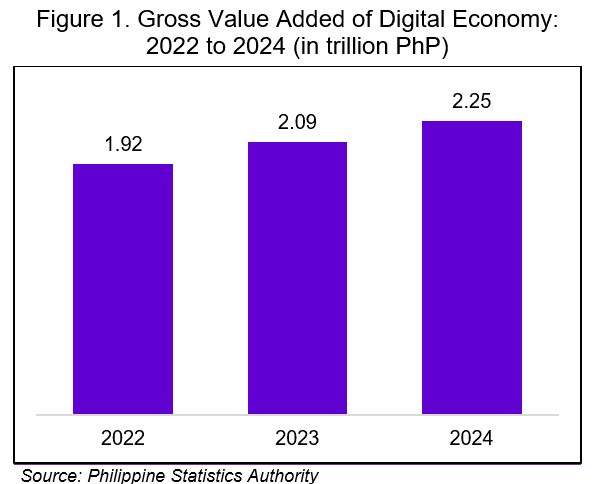The digital economy in the Philippines is growing fast. In 2024, it reached ₱2.25 trillion, making up 8.5% of the country’s GDP. That’s a clear sign that digital technology is no longer just a trend—it’s transforming how people work and live, especially in rural areas.

How Digital Tools Are Changing the Countryside
In many rural parts of the Philippines, technology is helping people earn more, borrow with less stress, and reach customers far beyond their towns.
Take rural banks, for example. By going digital, these banks saw their net income grow by 33.5% by September 2021, compared to the same time in 2020. That’s a big deal during tough economic times. This shows how digital tools help banks serve small communities better and faster.
Digital platforms are also making farming smarter. The Benguet Agri-Pinoy Trading Center now tracks sales in real time. Around 100,000 farmers use it. Because of this, partner banks now offer loans with interest rates as low as 4% per year. That’s a huge drop from previous rates as high as 120%. Thanks to digitization, farmers are getting fairer deals and more control over their businesses.
Fintech and e-commerce are helping, too. As of 2022, 42.1% of retail payments were made digitally. About 41 million Filipinos—nearly half the population—use e-money accounts. This makes it easier for people in far-flung areas to send and receive money without the need for physical banks.
Digital tools are also streamlining the supply chain. A good example is Agro-digitalPH. It helps smallholder farmers deliver 10 to 15 tons of produce daily through tech-enabled logistics. This reduces waste and gives farmers better prices for their goods. It’s a win for producers and consumers alike.
E-commerce is booming. In 2023, it was projected to grow by 22.9%, reaching ₱600 billion. Many of these businesses are small or medium-sized and located in rural areas. As they move online, they find new buyers, cut costs, and build stronger businesses.
Read Also: Philippines Sustainable Materials Usage and Green Approach
In the Central and Eastern Visayas, a study found that digital access boosted market reach, lowered transaction costs, and made communities more resilient. When people can sell, buy, and bank digitally, they have more options and fewer barriers.
All this shows that digitalization isn’t just about technology. It’s about fairness. It brings tools and opportunities to places long left behind. By cutting loan rates, boosting incomes, and connecting people to markets, digitization is changing lives across the Philippines.

